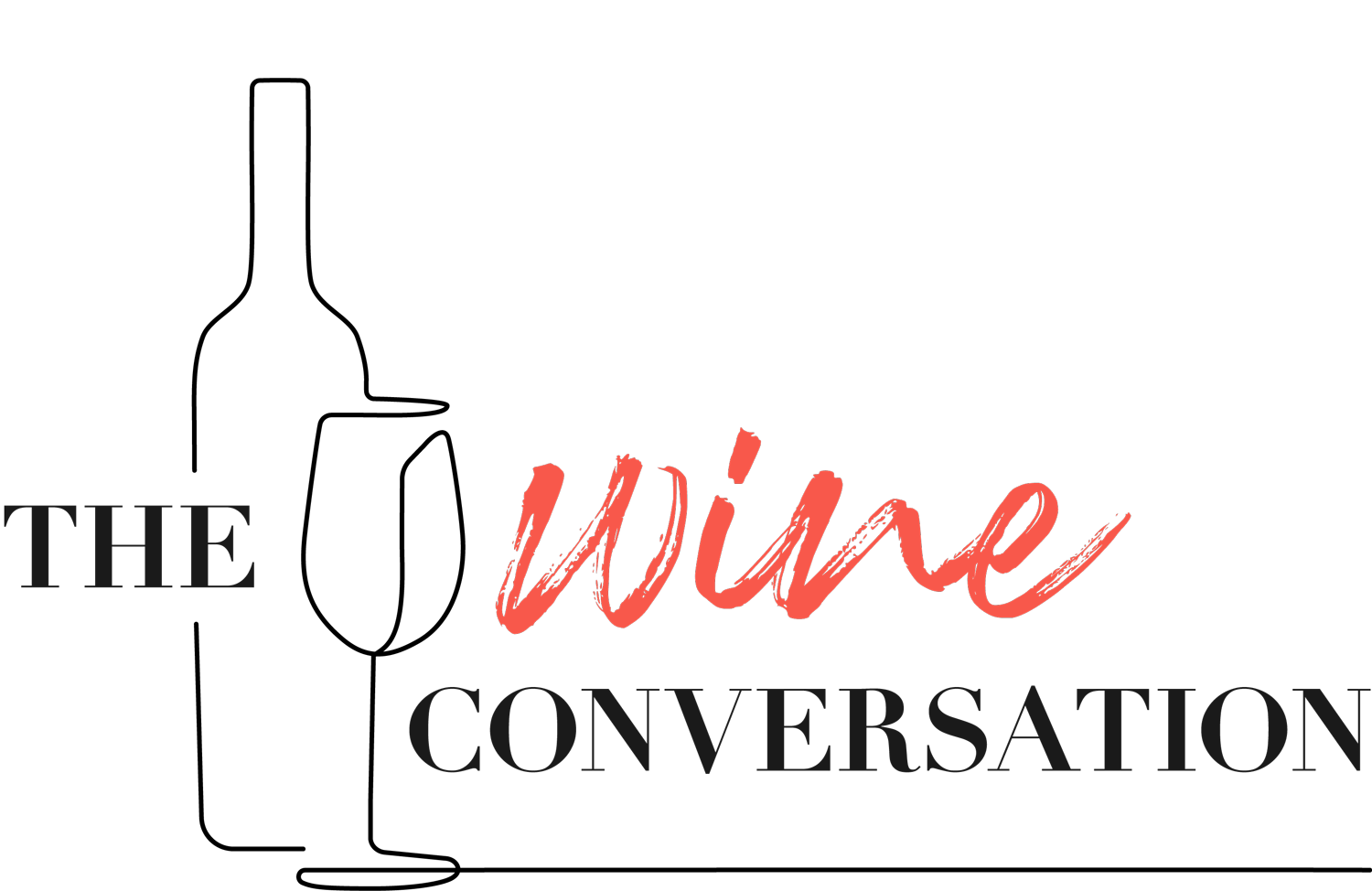▻ Rajeev Samant of Sula Vineyards
John Stimpfig in conversation with Rajeev Samant
Episode Summary:-
He has been referred to as the Robert Mondavi of India, the man who founded India’s largest and most well-known winery, and introduced his nation to wine. John Stimpfig talks to him about his Great Wine Life and how he established Sula Vineyards, which has become the cradle of the Indian wine industry. Sula Vineyards is based four hours’ drive from Mumbai, and today sells over a million cases of wine. Rajeev tells him that he was a gin-and-tonic drinker, but discovered wine in California whilst an undergraduate at Stanford University, south of San Francisco. He travelled up to the Napa Valley, and one of the first wineries he visited was Robert Mondavi’s, an inspiration to him during his career. He was working in Silicon Valley when he came back to India for a family wedding, and his father took him to the Nashik Valley, where the family owned a small piece of land. Rajeev was struck by the beauty of the site and asked his father not to sell it, as it reminded him of California.
To begin with, Rajeev planted tomatoes and roses there, but the area was also known for the quality of its table grapes (no vitis vinifera was grown there at that time). On returning to California, he met Kerry Damskey, a noted winemaker, who had just been to India. Kerry told him he thought it was possible to grow vinifera vines there, which piqued Rajeev’s interest, and he spent several months as an intern with Kerry, working the crush at the Sonoma winery where Kerry was working.
Kerry advised him to start with white grapes, as they were easier to make into wine. Luck came into play when they found 10 struggling vines that a table-grape farmer had brought from France. They also found some Chenin Blanc, and sourcing this plant material was fortuitous, as it was difficult importing plant material into India. The first crush came in 1999, and the entire venture was backed by family and friends. Getting permissions for building the winery was a bureaucratic nightmare, and a large part of his time was persuading the government to allow licences. The first vintage was made without a roof on the cellar and all the machines were operated by hand.
If building the facilities and making wine was one set of challenges, selling it was another. India had no wine culture, and the only wine to be found was imported, and in five-star hotels. India’s alcoholic beverage was whisky, not wine. “Persuading people to drink wine was one hell of a job,” Rajeev remembers. It took six months to deplete one truckload, and Rajeev went door to door selling it. A breakthrough came when the Taj Hotel decided to take a chance in listing it. But there were other setbacks in store, when the terrorist attacks in 2007/8 hit tourism followed by the double whammy of the financial crisis. He spent a huge amount of effort with the politicians and rule-makers, persuading them to allow a visitor centre and a restaurant to be built. Today Sula is the most visited winery in the world, with over 350,000 visitors a year. Rajeev is proud of this, opening the first tasting room in India and being at the forefront of wine tourism.
Despite India being situated in the Northern Hemisphere, they harvest in winter, a trick they learnt from the table-grape growers. There is no machine harvesting, and they prune twice a year but only take one crop. Rajeev reveals that the Zinfandel vines originated from an old Zinfandel vineyard in Sonoma, brought back in a duffle bag; he confesses that he wasn’t conversant with the laws 20 years ago.
““Persuading people to drink wine was one hell of a job””
“We are always experimenting,” he tells John as they discuss the different varieties. There are four tiers of wines: Sula Classics, which sells for less than 1,000 rupees (around £10), The Source, Dindori and their premium tier, Rasa. They are still working out what does well where, and Rajeev is particularly proud that Rasa Cabernet Sauvignon won a gold medal in the Drinks Business Awards. Their largest-selling wine is Sula Shiraz Cabernet, which sells over 200,000 cases per year. Rasa is a small production, around 7-8,000 cases per year.
Kerry has now stepped back from being active there, but Rajeev has employed international consultants to help further growth; he is especially proud that the winemaking staff are all Indian. “Most had never tasted a drop of wine before they joined, as 99 percent of Indians have never tasted a drop of wine.” He believes in supporting and recruiting from the local area, and when a worker retires, he holds open that place for another member of the family.
The style of the wine is fruit-forward--structure and longevity are not the goals. He has dialled back on the residual sugar, but says, “Our people are not ready yet to drink bone-dry wine,” and a touch of sweetness goes well with the spice in Indian cuisine. It works: “Sula is wine in India and wine is Sula.”
Another part of the success of Sula has been opening up wine tourism. Music was Rajeev’s first love, and the Sulafest, their music festival, attracted musicians from around the world, with an audience of 15,000 at the weekend. He tells John it has run its course, but people still ask about when it is coming back, and he feels quite sheepish about retiring it. Covid was very tough, as India, like South Africa, banned alcohol sales for several months (the only two nations to do so), and to add to the problem, hotels were shut for a year. They were extraordinarily tough times, but the staff pulled together and they came through.
He is a passionate believer in sustainability and has joined the International Wineries for Climate Change initiative. Today 70 percent of their energy comes from solar panels, and electric vehicles are used in the vineyards. He believes the future is bright, as there is an enormous opportunity to reach families who never drink wine. As the only living founder of a new wine region, there is no question that Rajeev Sula’s mission to follow Robert Mondavi’s dream of opening up a whole country to wine is well on its way.
Running Order:-
-
0.00 – 24.30
“Rajeev has taught an entire generation to drink good wine” – John Stimpfig
– Rajeev Samant goes to California as a student and discovers wine.
– Returning to India and the family plot of land in the Nashik Valley.
– Meeting winemaker Kerry Damsky and starting Sula Vineyards.
– The first crush in 1999 and the original plant material.
– Trying to sell wine in a country where 99 percent of people had never tasted it.
– The climate in India for growing vines, and harvesting in winter. -
24.31 – 40.31
“Twenty winemaking staff, all Indian, most never tasted a drop of wine before they joined, as 99 percent of Indians have never tasted a drop of wine” – Rajeev Samant
– The different varieties planted.
– The four tiers – Sula Classics, The Source Original, Dindori and Rasa.
– The Indian winemaking team.
– Employing the local community and the change created in its fortunes.
– The fruit-forward style of the wines. -
40.32 – 59.38
“Sula is wine in India and wine is Sula.” – Rajeev Samant
– Building India’s first tasting room.
– Pioneering wine tourism.
– Impact of Covid on the winery.
– Rajeev’s commitment to sustainability.
– Rajeev’s view of the future of the industry.
RELATED POSTS
Keep up with our adventures in wine








Mike Ratcliffe, one of South Africa’s most dynamic producers, talks to John Stimpfig for our series “Great Wine Lives”.